|
As a parent, we know your number one priority is your child. And while a child’s success in the classroom is important to their development, their development and transition planning at home is arguably just as important. What do we mean by this? Children with special needs require resources and transition planning activities both inside and outside the classroom to help them grow and transition to adulthood. These transition activities take into consideration the child’s individual preferences, needs, and interests. Transitioning to adulthood does not happen overnight, but there are several things you can do at home to allow your child to be as independent as possible and provide a nurturing and helpful learning environment outside of the classroom. 1. Familiarize Yourself With Federal MandatesWith the all-important federal law, the Individuals with Disabilities Education Act (IDEA), children with disabilities are entitled to a “free appropriate public education” (FAPE). What this law means is that schools must provide specially designed instruction to eligible children with disabilities. This special education instruction must meet the child’s unique learning and development needs at no cost to the parents. IDEA is the basis of your child’s educational rights, so the first step in supporting your child’s development should be to familiarize yourself with this law. You can find more detailed information on The Department of Education’s official IDEA site. 2. Knowing Your Child’s Individualized Education Program (IEP)The next step in supporting your child’s development is creating a plan for their education, also known as the Individualized Education Program (IEP). The IEP lists the specific special education services your child will receive based on their individual needs — and it serves as the foundation for your child’s education. Developing an IEP involves the following:
As a parent or caregiver, you bring critical information to the above-mentioned meeting. You know your child better than anyone else; you know their strengths, weaknesses, and everything that makes your child unique. With this information, you can help the educators develop an IEP that will work best for your child. You can learn more about an IEP and the process of creating it at The Center for Parent Information and Resources. 3. Maintain Structure and a Schedule at HomeStudents with disabilities typically thrive in structured and uniform environments, mostly because they are introduced to an organized routine that makes their work easier to accomplish. Structure can be a significant issue at home, as there are no timetables or set class times. However, parents can still provide this structure. Whether it’s the weekend, a holiday, you are embarking on an at-home learning journey, or your school is closed due to unavoidable circumstances (e.g., COVID-19 or inclement weather), it’s up to the parents to maintain that stability and schedule at home. To start, communicate regularly with teachers and paraprofessionals. This communication will help you learn more about your child’s daily activities and routine — which will make it much easier for you to uphold that schedule at home. The functional skills curriculum should also make it clear what work needs to be done and when. Depending on the child’s age, it may also be helpful to provide a “to-do list” for the daily assignments, so the child will know what to study or accomplish and in what order they should complete their lessons. 4. Focus on These 3 Functional SkillsFunctional skills are tools that encourage your child to live their daily life independently. These skills establish a quality of life and allow children to participate in daily activities to achieve important goals. Essentially, “functional" refers to “routine, everyday activities.” The purpose of your child’s IEP is to prepare them for life after school, and functional skills are a core part of that special education curriculum. There are three categories of functional skills that are important to your child’s special education curriculum:
Ultimately, these skills are considered functional as long as the outcome supports the child’s independence. For some children, those skills may be learning to refill and drink out of a water bottle or how to shred paper. For other students, it may be learning to use a bus or go grocery shopping. 5. Practice Transition Planning Activities at HomeAge-appropriate, at-home learning can help bring about good transition outcomes for your child. There are several transition planning activities you can practice to help your child be as independent as possible. For example, you can help your high school child practice filling out job applications or learn how to write a college essay. For your middle school child, you can help them count money and make correct change, as well as teach them how much and how long they would have to work to earn that amount of money. For younger children, you can assign them child age-appropriate chores to practice using household appliances (e.g., blender, toaster oven, washer and dryer, etc.) For more special education transition activities and guidance, check out this helpful guide by the U.S. Department of Education. Finding Support for Your Child’s DevelopmentBeing a parent is the most rewarding — and difficult — job in the world. If you have a child with special needs, your job is not any less rewarding, but it can be more complex.
While your child's educational pathway may be different, you are not alone. With patience, planning, and support from your school’s wonderful special education teachers, you can help your child thrive and reach their full potential.
0 Comments
New federal data shows the number of students with cognitive or profound disabilities in public schools across the nation is growing. But what does that mean for your district moving forward? Special Education By the NumbersAbout 7.2 million students between 3 and 21 years old were served under the Individuals with Disabilities Education Act (IDEA) last school year. This accounts for 15 percent of all students. Compare this to the 6.5 million students served under IDEA back in 2010, and it’s clear that special education enrollment is on the rise. Whether the increase is due to a rise in significant disabilities, more careful diagnosis, or improvements in early identification, it’s clear that there is a higher demand for effective special education services. A Change in Supply and DemandWith the new school year in full swing, all but three states (Arkansas, California, and Oregon) reported a special education teacher shortage to the U.S. Department of Education. These states reported they have fewer teachers trained to meet the needs of functional skills students than they should for the 2022-2023 academic school year. Special education is often where districts struggle to fill and retain positions. Over the last several years, the Department of Education database has shown shortages. Now, some districts are even offering sign-on bonuses of $10,000 to attract new teachers. What’s Fueling the Teacher Shortage?Teaching functional skills requires adequate planning time, more resources, and specific manipulatives that many districts struggle to provide on their own. Functional skills teachers typically have to plan and prep curriculum on their personal time in order to stay focused on the students during school hours. As rewarding as it can be to teach functional skills, this lack of planning and preparation provided for teachers causes tough working conditions that are contributing to the shortage. While some districts are filling positions with “emergency certified” teachers who receive temporary licenses, more clearly needs to be done to fill the gap. Helping Every Functional Skills Student SucceedAs special education enrollment continues to rise, federal funding will be a critical component for schools to deliver the learning experience these students need to succeed. However, districts can also use outside sources to provide ready-made, hands-on tools to improve functional skills outcomes.
The Supreme Court ruled that in order "to meet its substantive obligation under the IDEA, a school must offer an IEP reasonably calculated to enable a child to make progress appropriate in light of the child’s circumstances.” OATECA can be your district’s vehicle for demonstrating adequate progress for your students with the most significant disabilities. The OATECA System empowers educators with an appropriate assessment for these students in three different functional skill areas; cognitive skills, self-help skills, and job training skills. When the holes in each area are found using the OATECA Assessment Kit, the system provides easy-to-use interventions with activities and manipulatives. Investing in OATECA now can help solve your teachers’ biggest pain points this school year, leading to a healthier work-life balance and — more importantly — greater success for your functional skills students. It’s officially that time of year: back to school! Getting your classroom and supplies ready for the new school year takes a lot of time, planning, and patience — especially when you consider your functional skills curriculum and the ongoing needs of your students. Even if you have already started the school year, there are always ways to improve the structure of your classroom. Whether your students have mild, severe, or profound disabilities, organization is critical. Your students spend a lot of time in the classroom, so the way it looks, feels, and functions can significantly impact their performance throughout the day. Here are a few ways to streamline your classroom for success this year: 1. Setting Up Your Space
Activity Centers Utilize the tables in your classroom for activity centers. For example, one table can be used for small group work, and you can position a few tables to create “circle time.” Additional centers include a Composition (Handwriting) Center, Reading for Comprehension Center, and a Workstation where students can sharpen pencils or shred paper. Make sure to position the tables so you can easily oversee each center from wherever you are in the room. Independent Work Utilize desks for independent work with your students. While this will depend on the ratio of students in your classroom, you might have a desk for each student. Try positioning these with shelving or separators in between, particularly for your students with autism to give them each their own space. If not, designate one of your tables for 1:1 education time. Library Every classroom should have a library, whether your room is general or special education focused. Consider the reading levels and needs of your students. In most cases, it’s beneficial to organize the books into bins or shelves and sort them by theme (i.e., seasons, animals, friendship, etc.) Socialization Area For some students, socialization and playtime are one of the largest struggles; for others, it’s a critical necessity for learning and growth. Playtime and socialization are likely already a vital part of your daily curriculum, so having the appropriate space in your classroom is necessary. Designate a specific location in the room for play, and keep the area structured, organized, and uncluttered. The most important aspect of designating specific areas in your classroom for certain activities is to section off those areas by utilizing tables, shelving, or other separators in your room. This not only keeps your room organized and structured, but also helps your students learn those areas and transition through those spaces more effectively. 2. Visual Learning Resources3. Prepping Your ParaprofessionalsYour class likely includes paraprofessionals, speech therapists, occupational therapists, counselors, and physical therapists, who are all an asset to your everyday instruction and education. If your classroom is center-based (and if you utilize the table layout as mentioned above), it’s a great idea to utilize your paraprofessionals at each workstation. Regularly train your paraprofessionals on the instruction, assessments, and structure of the room. Training limits miscommunications and ensures better education for your students throughout the year. You should also set up regular meetings with the therapists to collaborate and discuss the ongoing needs of your students. 4. Functional Skills CurriculumPlanning functional skills curriculum and instruction can be challenging. As is often the case, many students have different IEP goals and are at different skill levels. Ensuring your assessments are assessable to all is vital, so taking some time to plan or prep the curriculum can set your year up for success. Considering that all students should be assessed initially and regularly throughout the year, your special education curriculum should be modified to meet your student’s ongoing needs.
5. Prepare Your Task BoxesTask boxes are significantly beneficial to your functional skills classroom as they essentially provide activities aligned to your student’s transition and learning goals. These are the perfect tool to reinforce independence while practicing functional and academic skills. If your district uses the OATECA System, you are already provided with these resources and ready-made manipulatives. As you prepare your task boxes, keep in mind the goals and objectives. Consider which skills are lagging in your classroom. After identifying the hole in a specific skill, prepare your symbol-adapted directions and manipulatives necessary for intervention. Regularly Evaluate Your Classroom for Better SuccessAside from structuring and prepping your classroom, you should also go through any old files or papers from the past year and eliminate anything you don’t need this school year. Recycle duplicates of worksheets and shred any confidential work you no longer need.
You should also keep in mind that the layout of your classroom might change as you get to know any new students and their ongoing needs. You might quickly find that the structure or functionality of specific areas or tasks need to be adjusted to meet their needs. Regularly evaluate the layout and collaborate with your paraprofessionals to ensure a more successful classroom for this year! |
ArchivesCategories
All
|
|
Oklahoma Assistive Technology and Educational Consulting Associates, Inc.
|
Your Personal Assistive Technology Professionals
|


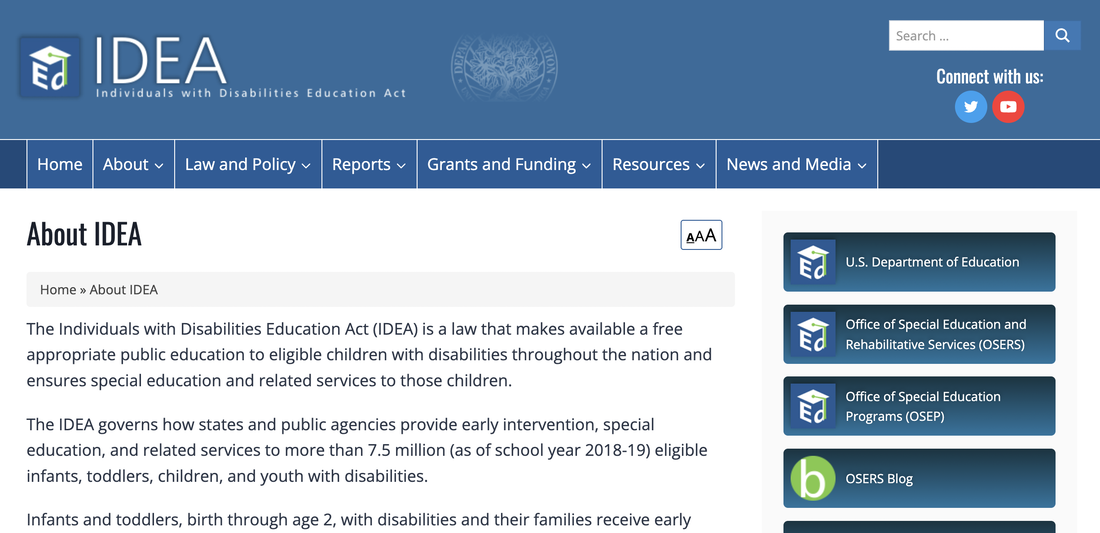


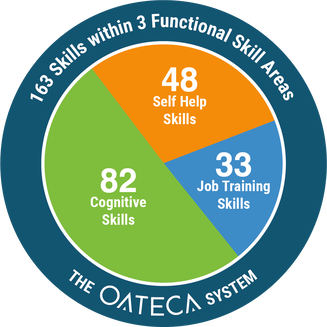
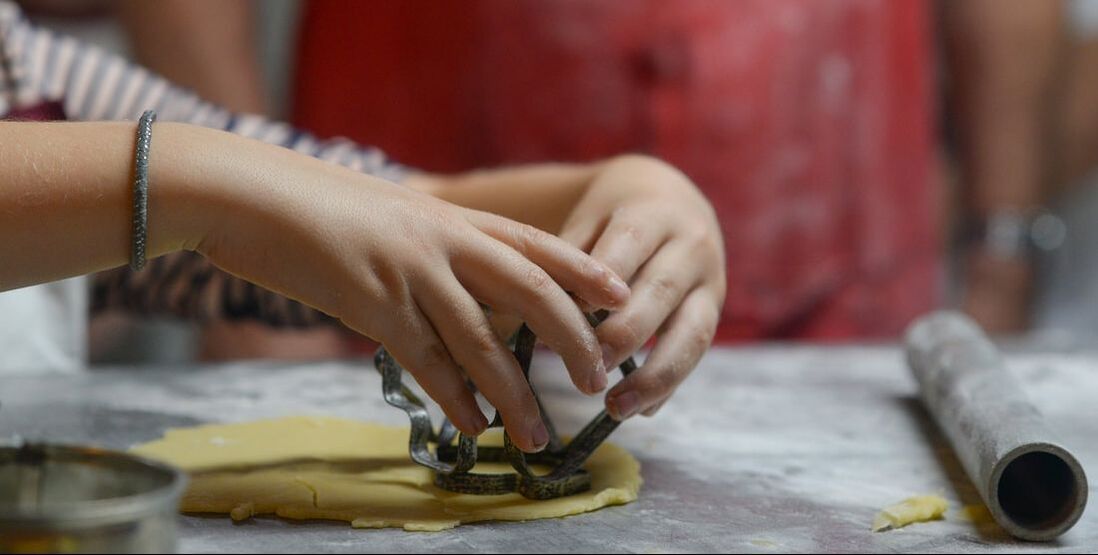
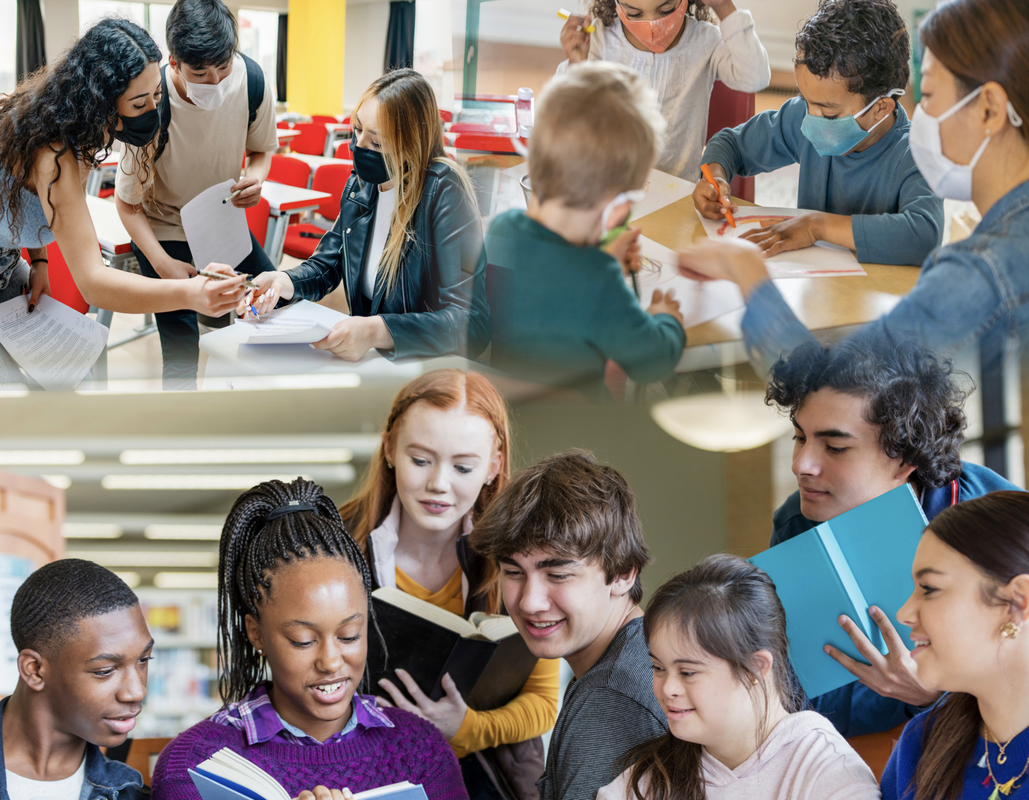

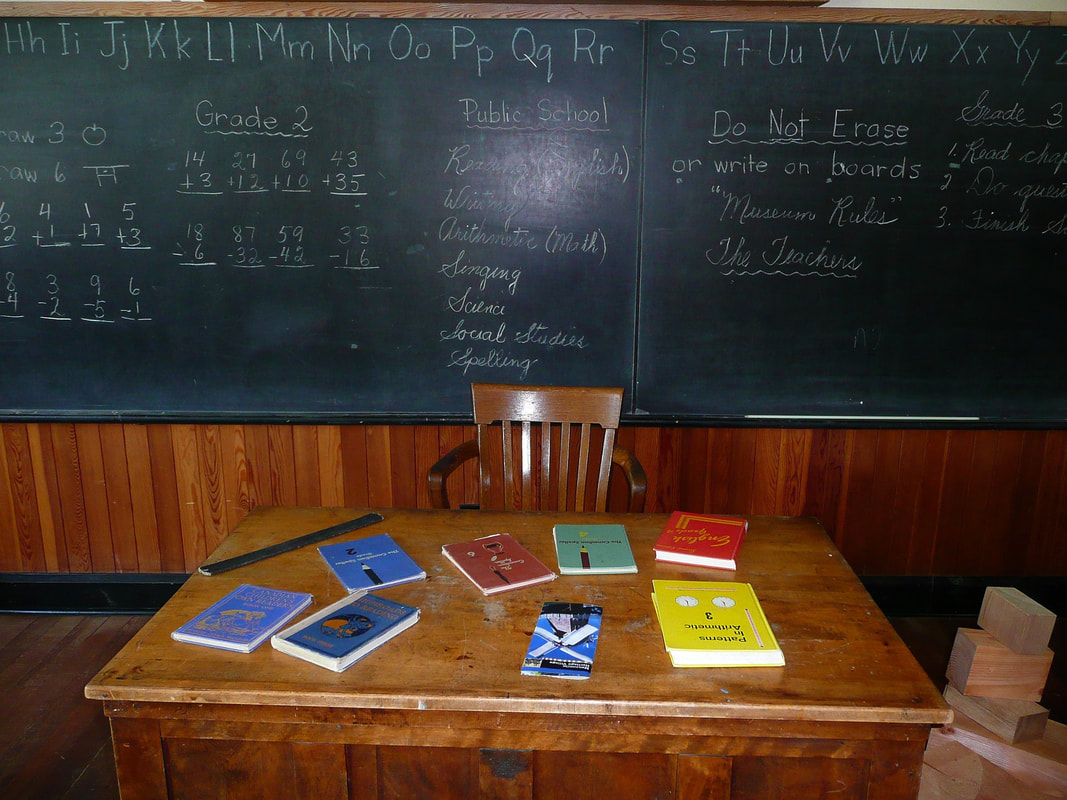
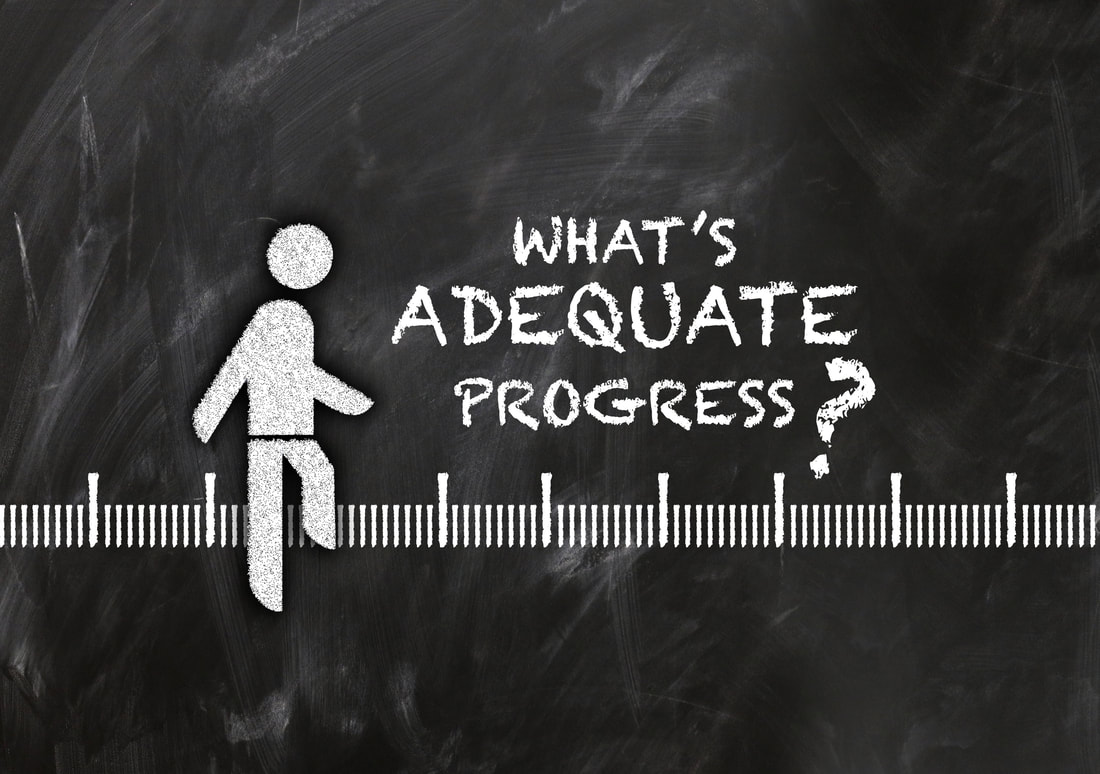
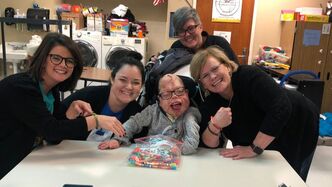
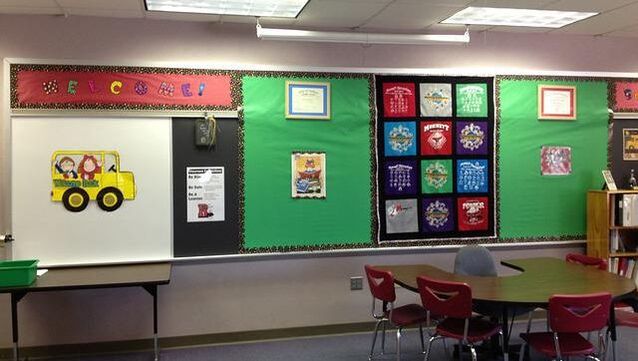
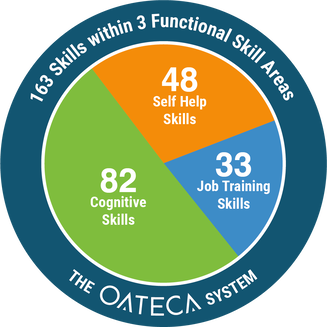
 RSS Feed
RSS Feed
